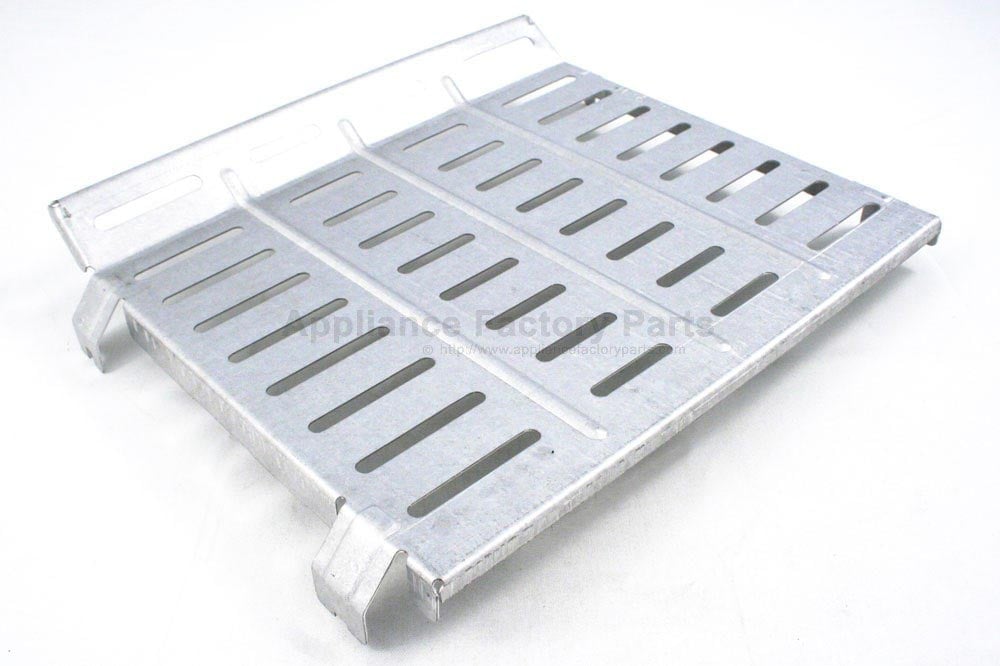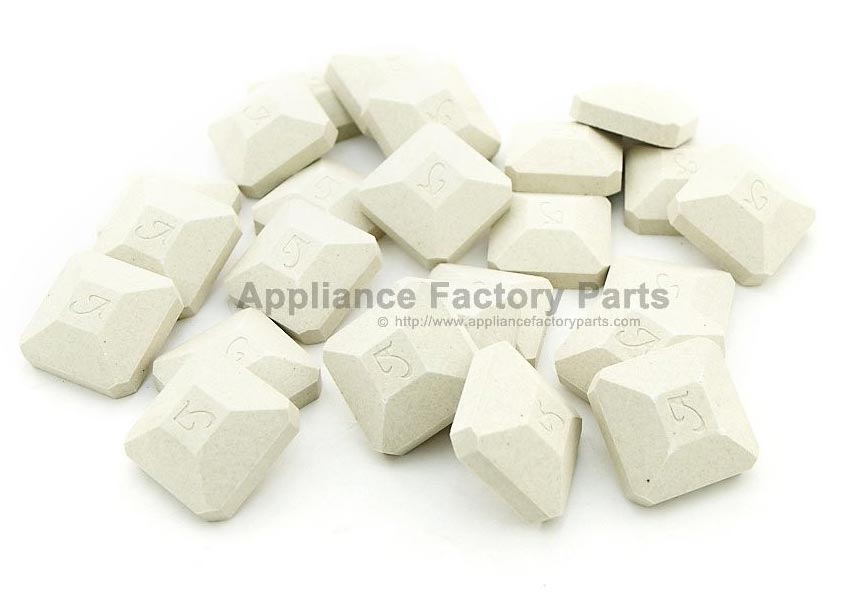
Like a good sear on your steak? If so, you might believe you need a grill with a high-BTU burner. It’s a common myth that the higher a grill’s BTU rating, the more powerful it is. But, it’s really the design of the diffuser system together with the burner that determines how hot the grill can cook. A well-designed diffuser system can crank out more heat on a lower-BTU grill than a poorly designed system on a mega-BTU unit. That saves gas and money.
Heat diffusers are like middle children. They’re sandwiched between the burner and the cooking grid, and they’re often overlooked. But, they’re vital to your gas grill’s cooking performance and deserve some attention.
Heat diffusers have been used for ages – probably since right after people discovered food tastes better cooked over an open fire. Ancient civilizations realized that by putting stones, rocks or balls made of clay into the fire, they could increase the heat, spread it over a larger area, and make it last longer. Their food cooked better, too.
A barbecue grill works the same way. The burner generates the flames, and the diffusers hold, radiate and distribute the heat for better, more even cooking. Diffusers can bring heat to all areas of the cooking surface, beyond where the burner flames reach.
Depending on the grill brand, diffusers might also be called heat deflectors, heat distributors, flame tamers, burner shields, heat plates, vaporizers, or even flavorizer bars. Whatever the name, diffusers perform 3 important functions to make barbecuing better.
 Lava rocks are craggy, reddish brown, irregularly shaped pieces of volcanic rock dotted with tiny holes. They were popular on early gas grills, but are less common today. The rocks sit on a rock grate an inch or two above the burner and a few inches below the grilling grid.
Lava rocks are craggy, reddish brown, irregularly shaped pieces of volcanic rock dotted with tiny holes. They were popular on early gas grills, but are less common today. The rocks sit on a rock grate an inch or two above the burner and a few inches below the grilling grid.
They hold and reflect heat well, last long, and are inexpensive. Since they are porous and absorb grease, some believe they create more flavorful smoke. Downsides: they take longer to heat up, and because they’re not uniformly shaped, grease can drip through the gaps between the rocks and reach the burner, causing flare-ups, hot spots, corrosion and clogs.
 Ceramic diffusers are made of light-colored, heat-retaining ceramic material like the firebrick found inside many pizza ovens. They can be formed into pillow-shaped briquettes, rounded pucks, thin rods, or perforated flat tiles. Aligned edge-to-edge in a single layer, they can protect the burner better and distribute heat more evenly than lava rock. But, there may still be little gaps for grease to slip through and flare up when it hits the burner. Ceramic diffusers last a long time and are relatively inexpensive.
Ceramic diffusers are made of light-colored, heat-retaining ceramic material like the firebrick found inside many pizza ovens. They can be formed into pillow-shaped briquettes, rounded pucks, thin rods, or perforated flat tiles. Aligned edge-to-edge in a single layer, they can protect the burner better and distribute heat more evenly than lava rock. But, there may still be little gaps for grease to slip through and flare up when it hits the burner. Ceramic diffusers last a long time and are relatively inexpensive.
 Metal diffusers are most common today. Stainless steel or porcelain-coated steel is formed into inverted-V tents, accordion-folded sheets, or flat plates. The metal heats up fast so the grill is ready for cooking very quickly. The angled diffusers channel grease away from the burner into a drip pan in the base of the grill. Though this virtually eliminates flare-ups, some argue it generates less smoke and flavor. These are also more expensive than other types of diffusers.
Metal diffusers are most common today. Stainless steel or porcelain-coated steel is formed into inverted-V tents, accordion-folded sheets, or flat plates. The metal heats up fast so the grill is ready for cooking very quickly. The angled diffusers channel grease away from the burner into a drip pan in the base of the grill. Though this virtually eliminates flare-ups, some argue it generates less smoke and flavor. These are also more expensive than other types of diffusers.
To clean ceramic briquettes, flip them over so the soiled side is toward the burner. Turn the burner to high for about 15 minutes and let the grease burn off. If they are especially dirty, use a stiff brush to remove caked-on residue before burning. The process can be repeated whenever grease builds up.
Lava rocks are cleaned the same way. It’s just a little trickier to get the grease out of the nooks and crannies. Also, because they’re porous, lava rock should be cleaned before a grill is put into storage or unused for a period of time, or they can get moldy.
Soak metal diffusers in a tub of soapy water. Use a grill brush to scrape excess residue off stainless steel diffusers. But, use a nylon scrub pad on porcelain-coated metals or they’ll scratch.
Replace lava rock and ceramic briquettes when they are crumbling or the accumulated grease is hard to burn off. Replace the rock grates if they are rusted, or warped and don’t sit evenly.
On metal diffusers, areas of rust or burned-through metal, are signs they should be replaced.
Find Heat Diffusers for your Brand
Lisa Mayer February 18th, 2015
Posted In: BBQ Maintenance